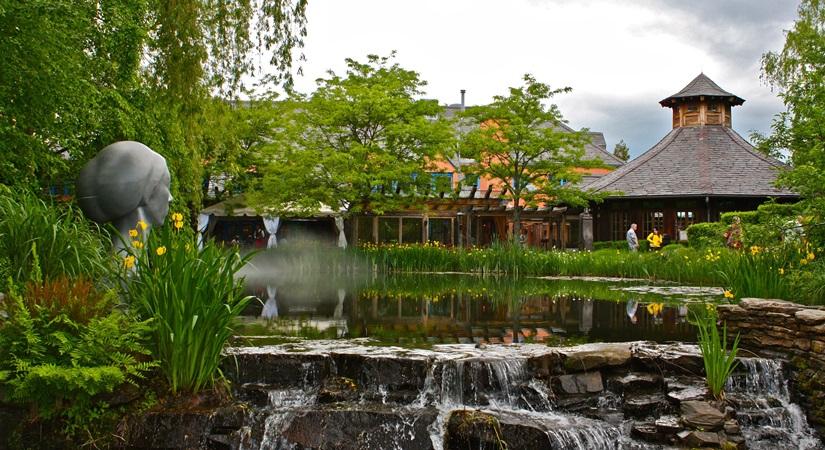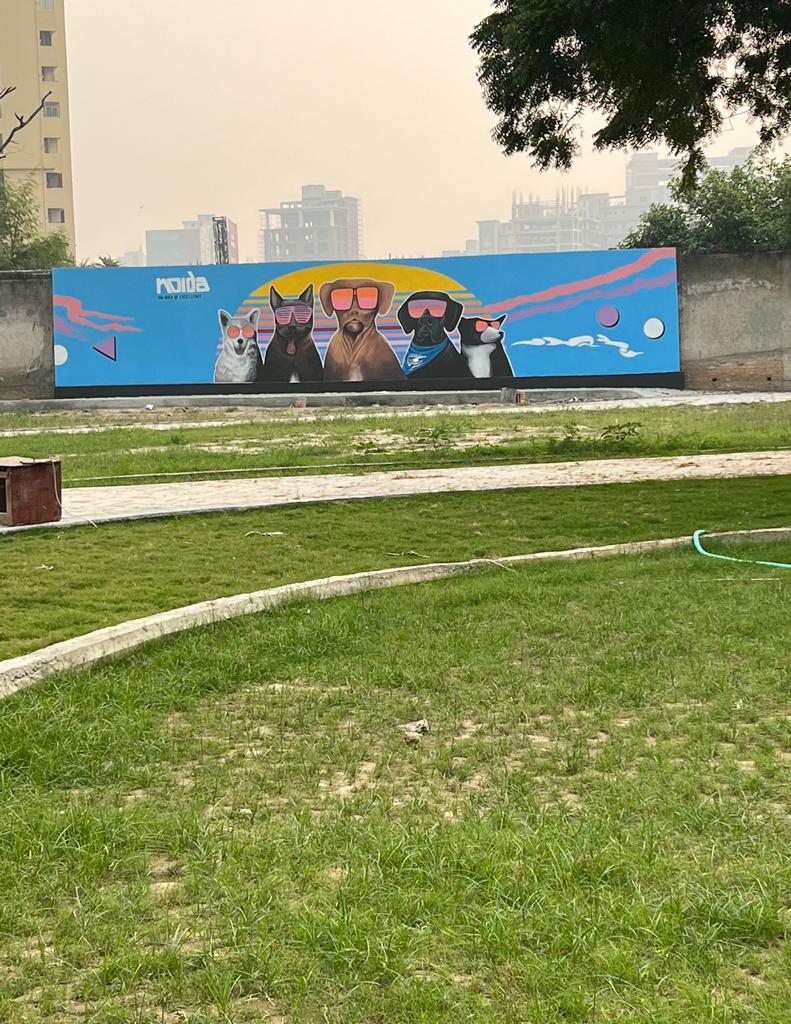Cover Story
Social and Ecological Benefits of Public Landscape Design

Beyond Aesthetics
By Neelima Rana Sharma
March 20, 2023 (IANSlife) Public landscape design plays a crucial role in shaping the physical and social environment of our cities, towns, and neighborhoods. While it is often admired for its aesthetic appeal, public landscape design can also offer a wide range of social and ecological benefits that go beyond just the surface level. In this article, we will delve into the various ways public landscape design can benefit our communities, both socially and environmentally.

Social Benefits of Public Landscape Design
Public landscape design can enhance the quality of life of those living in the area by providing a sense of place, identity, and community. Well-designed public spaces, such as parks and green spaces, can serve as gathering places for community events, socializing, and recreation. These spaces can also promote physical activity, which is essential for a healthy lifestyle. Research has shown that access to green spaces can also have a positive impact on mental health, reducing stress and anxiety, and improving mood.
Moreover, public landscape design can also improve public safety by reducing crime and vandalism. A well-maintained public space, with appropriate lighting and clear lines of sight, can deter criminal activities and make the area safer for residents.

Ecological Benefits of Public Landscape Design
Public landscape design can also offer numerous ecological benefits, especially in urban areas where green spaces are often limited. Public green spaces can help reduce the urban heat island effect, which is caused by the absorption of heat by buildings and pavement. Trees and vegetation in public spaces can also improve air quality by absorbing pollutants and producing oxygen.
Furthermore, public landscape design can help manage stormwater runoff, reducing the risk of flooding and erosion. Green infrastructure techniques, such as green roofs and rain gardens, can be integrated into public spaces to help capture and store rainwater. These techniques can also improve the quality of the water that enters our rivers and streams, reducing pollution and protecting wildlife habitats.
In addition to these benefits, public landscape design can also promote biodiversity by providing habitats for a range of plant and animal species. These habitats can also contribute to pollination, which is essential for plant reproduction.
Public landscape design offers a wealth of benefits that go beyond just aesthetic appeal. Socially, public landscape design can enhance the quality of life of those living in the area, providing a sense of place, identity, and community. Ecologically, public landscape design can improve air and water quality, reduce the urban heat island effect, and promote biodiversity. By considering these benefits, we can create public spaces that are not only beautiful but also serve a vital role in supporting the well-being of our communities and the environment.
(Neelima Rana Sharma, Partner, Orionn Architect)
(This article is website exclusive and cannot be reproduced without the permission of IANSlife)
IANSlife can be contacted at ianslife@ians.in


